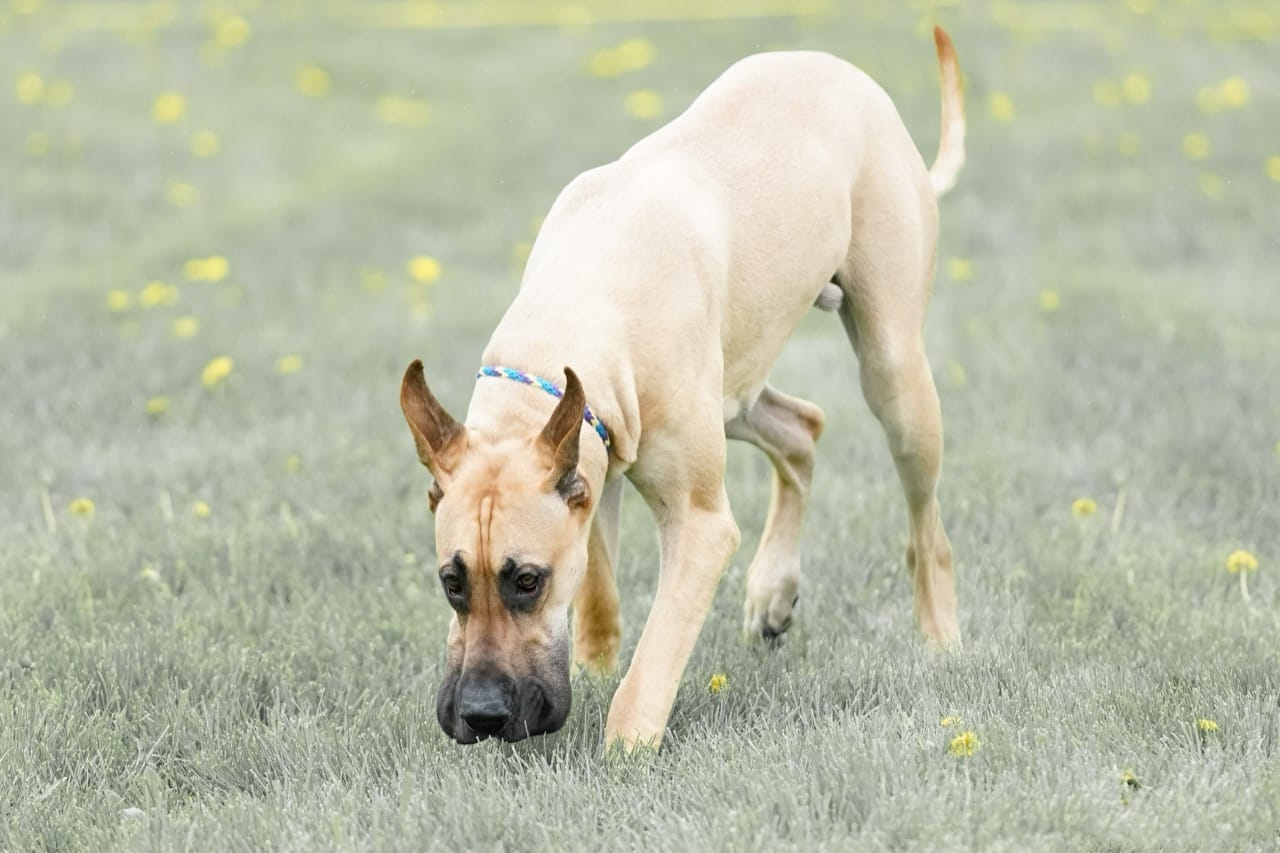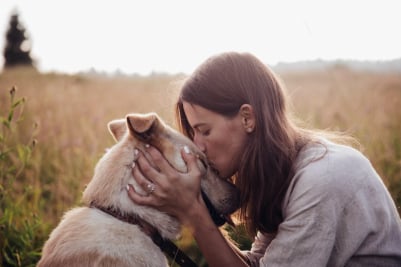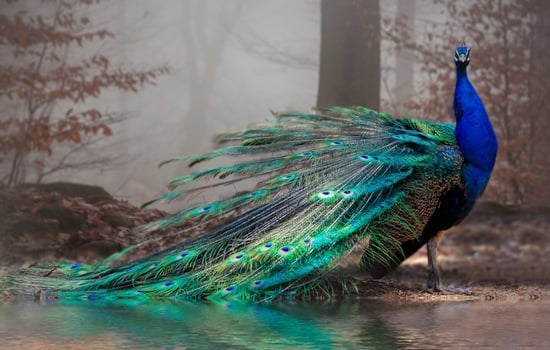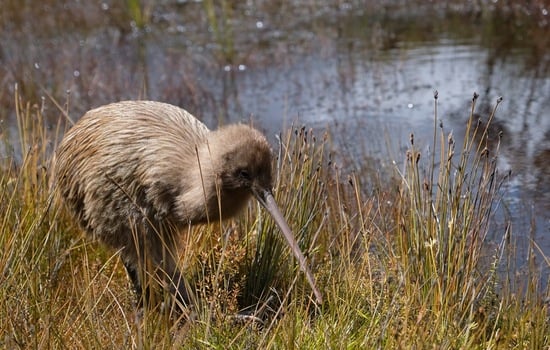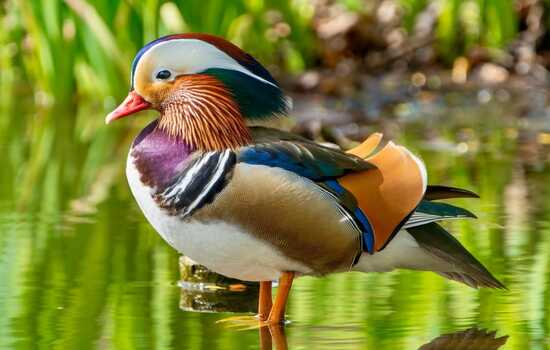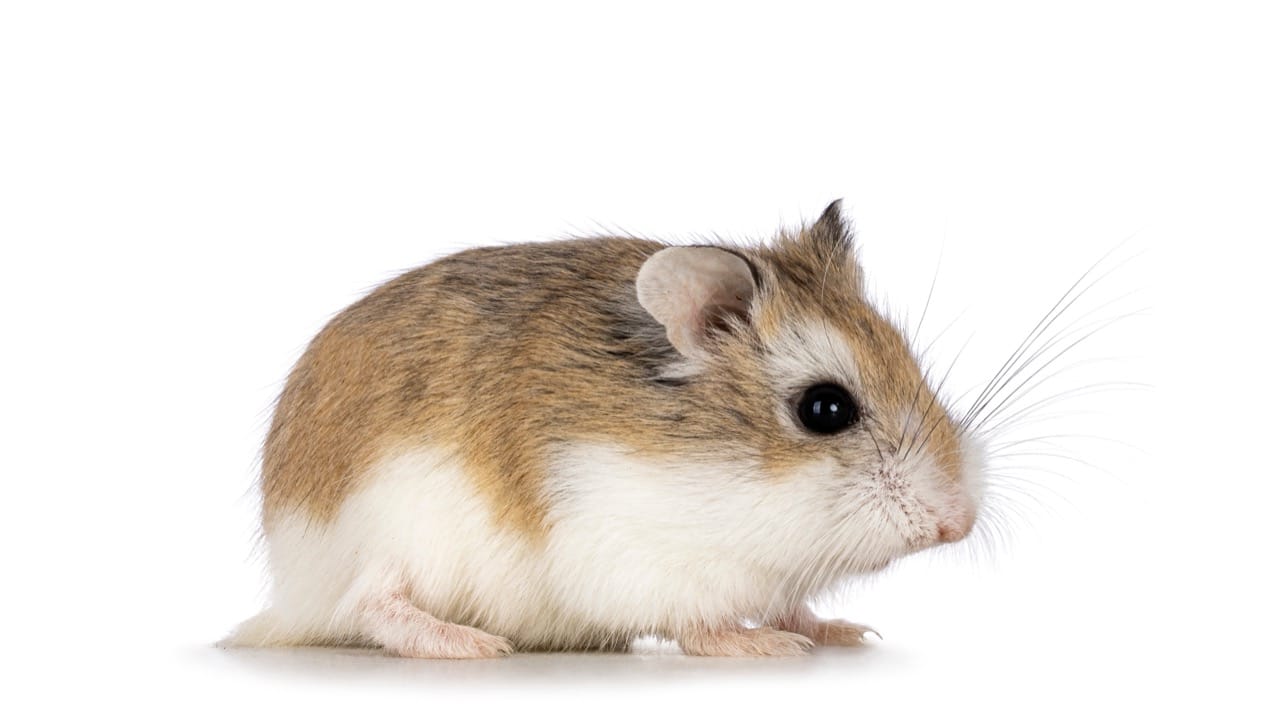
Tiny Paws And Big Hearts!
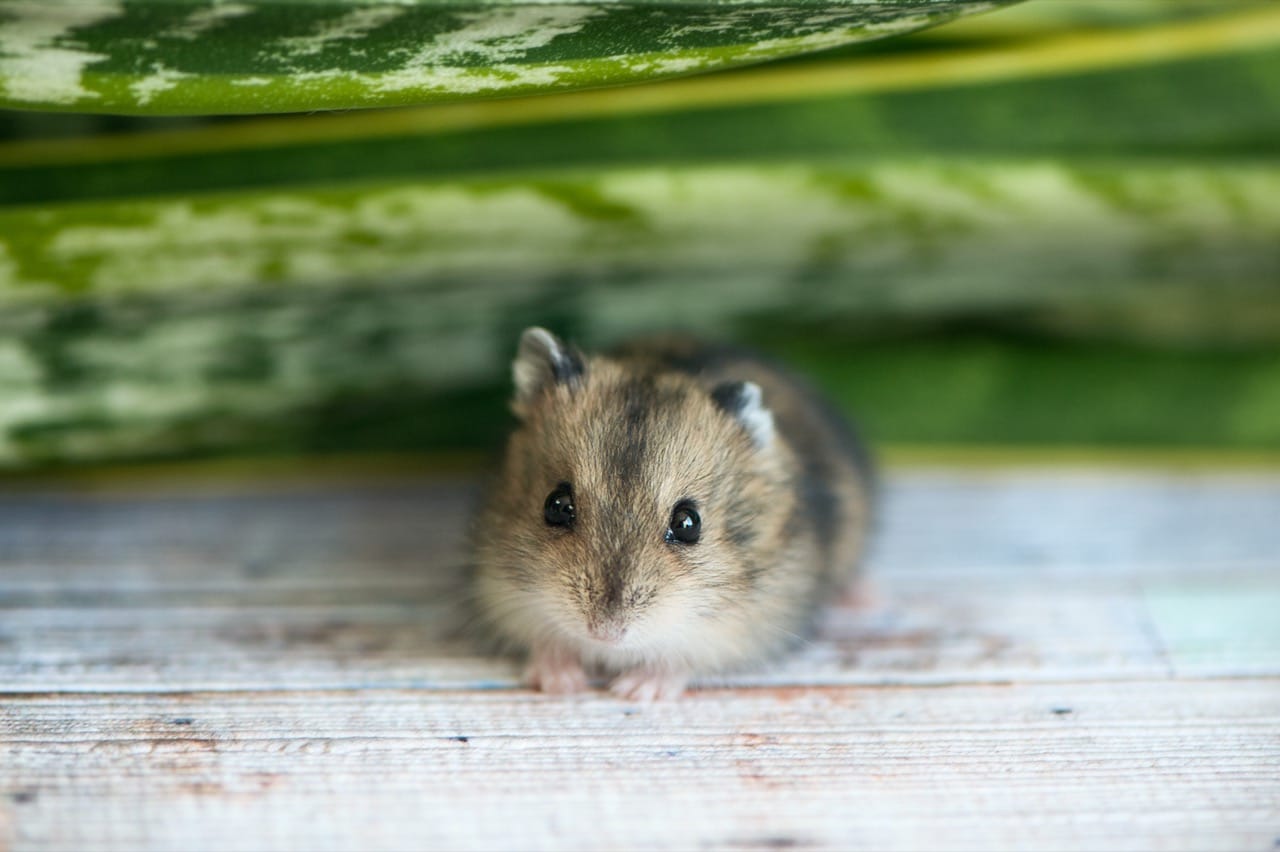
In the vast tapestry of the animal kingdom, where giants roam and predators prowl, there exists a tiny, whiskered creature that captures the hearts of those who encounter it. The dwarf hamster, with its diminutive size, endearing gaze, and playful antics, stands as a testament to the idea that the smallest beings often hold the greatest allure. These pint-sized marvels, belonging to the rodent family, are more than just popular pets; they are windows into the complexities of nature's design, embodying the spirit of survival in miniature form. As we embark on this journey through the life of the dwarf hamster, here's a whisker-twitching piece of trivia: despite their social nature, when it comes to food, dwarf hamsters turn into hoarders, stuffing their cheek pouches with an astonishing amount of food, nearly half their body weight, to stash away for later.
Origins and Species: A Petite Pedigree
The dwarf hamster belongs to the genus Phodopus, which comprises several species, the most well-known being the Russian dwarf hamster, Campbell's dwarf hamster, the Roborovski dwarf hamster, and the Winter White Russian dwarf hamster. These tiny rodents hail from the steppes, deserts, and semi-arid regions of Central Asia, thriving in environments that demand resilience and adaptability. The evolutionary journey of these creatures has equipped them with traits that allow them to survive in some of the most challenging climates, from the harsh Siberian winter to the arid Mongolian deserts.
A Closer Look: Physical Characteristics
Dwarf hamsters are a study in miniature perfection. Measuring a mere 2 to 4 inches in length when fully grown, their size belies their spirited nature. They possess a stout body, a short tail that's barely visible, and large cheek pouches that extend to their shoulders, which they use to transport food back to their burrows. Their fur, soft and thick, comes in a variety of colors and patterns, ranging from white and gray to shades of brown, with some species changing color with the seasons to blend into their natural habitat. This adaptability in their appearance is not just cosmetic but a vital survival mechanism.
Tiny Territories: Habitat
In the wild, dwarf hamsters are denizens of the steppe and desert regions, where vegetation is sparse, and the landscape is dominated by shrubs and grasses. They are burrowers by nature, creating extensive underground networks that serve as homes, food storage depots, and safe havens from predators. These burrows are a marvel of natural engineering, with separate chambers for sleeping, storing food, and even disposing of waste. In the domestic setting, dwarf hamsters require a habitat that mimics these natural conditions to thrive, underscoring the need for spacious enclosures with ample bedding for burrowing.
Dining in Miniature: Feeding
The diet of the dwarf hamster is as varied as the landscape they inhabit. In the wild, they are omnivores, feasting on a mix of seeds, vegetables, insects, and occasionally small animals. This diverse diet is mirrored in captivity, where a balance of commercial hamster food, fresh fruits, and vegetables, along with occasional protein treats, ensures their nutritional needs are met. Dwarf hamsters are notorious for their food hoarding behavior, a survival instinct that drives them to collect and store food in their cheek pouches, a fascinating behavior that highlights their adaptability and foresight.
Social Circles: Behaviour
Dwarf hamsters are unique in the rodent world for their social nature. Unlike their solitary Syrian cousins, dwarf hamsters can enjoy the company of their kind, provided they are introduced at a young age and are of the same species. This social interaction plays a crucial role in their well-being, offering opportunities for play, grooming, and companionship. However, their sociability has a limit; overcrowding or introducing new hamsters into an established group can lead to stress and aggression, underscoring the delicate balance of their social dynamics.
The Circle of Life: Reproduction and Lifespan
The reproductive journey of the dwarf hamster is marked by its rapid pace. Females can give birth to multiple litters each year, with each litter consisting of up to 10 pups, although the average is closer to 5 or 6. The pups are born blind and hairless, completely dependent on their mother for warmth and nourishment. Within a few short weeks, they are weaned, exploring their surroundings with youthful curiosity. The lifespan of a dwarf hamster is brief but vibrant, typically ranging from 1.5 to 2 years, a reminder of the fleeting nature of life and the importance of cherishing every moment.
Predators and Perils
In the wild, dwarf hamsters are a vital link in the food chain, preyed upon by birds of prey, snakes, and terrestrial predators. This vulnerability has shaped their behaviors, from their nocturnal habits to their burrowing instincts, designed to shield them from the prying eyes of predators. In captivity, the threats they face are different but no less significant, from the risk of escape and subsequent predation to the dangers posed by improper care and neglect. The safety of these tiny creatures is a responsibility that comes with their adoption, a commitment to providing a secure and nurturing environment.
Conservation and Companionship
As pets, dwarf hamsters offer a unique window into the complexity and wonder of the natural world. Their care requires an understanding of their needs, from their dietary preferences to their instinct for burrowing and their need for social interaction. In return, they provide a glimpse into the resilience and adaptability of life, teaching lessons in responsibility, compassion, and the joy of caring for another being. Their popularity as pets underscores the human fascination with miniature worlds, a fascination that carries with it the responsibility to protect and preserve.
The enchanting world of the dwarf hamster, with its tiny paws and big heart, is a testament to the diversity and intricacy of life. These miniature marvels, thriving in the vastness of the wild and the confines of domestication, remind us of the interconnectedness of all living beings and the importance of fostering a harmonious relationship with the natural world. As we delve deeper into their lives, we uncover not just the secrets of their survival but also the lessons they offer in living fully, no matter the size of our footprint.
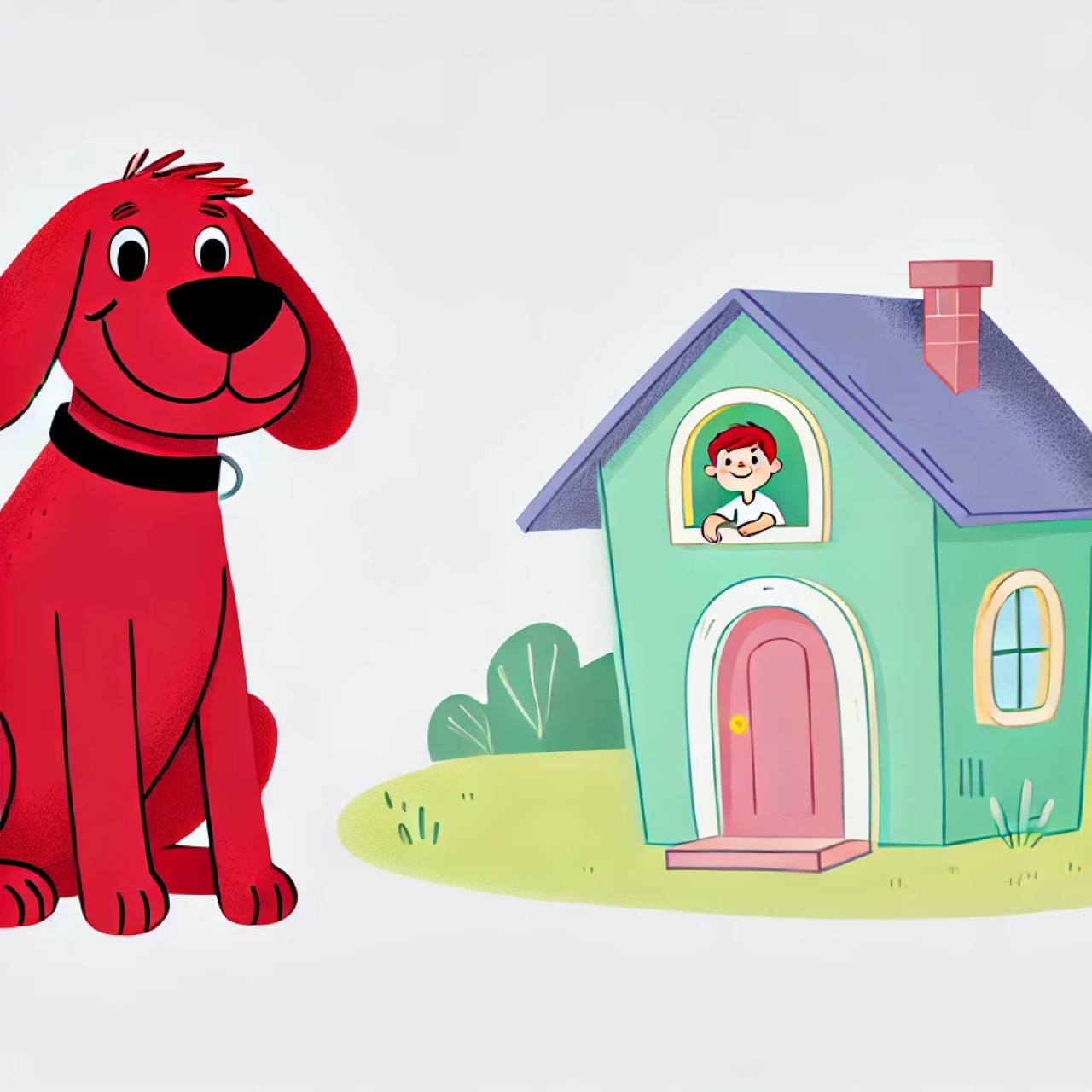
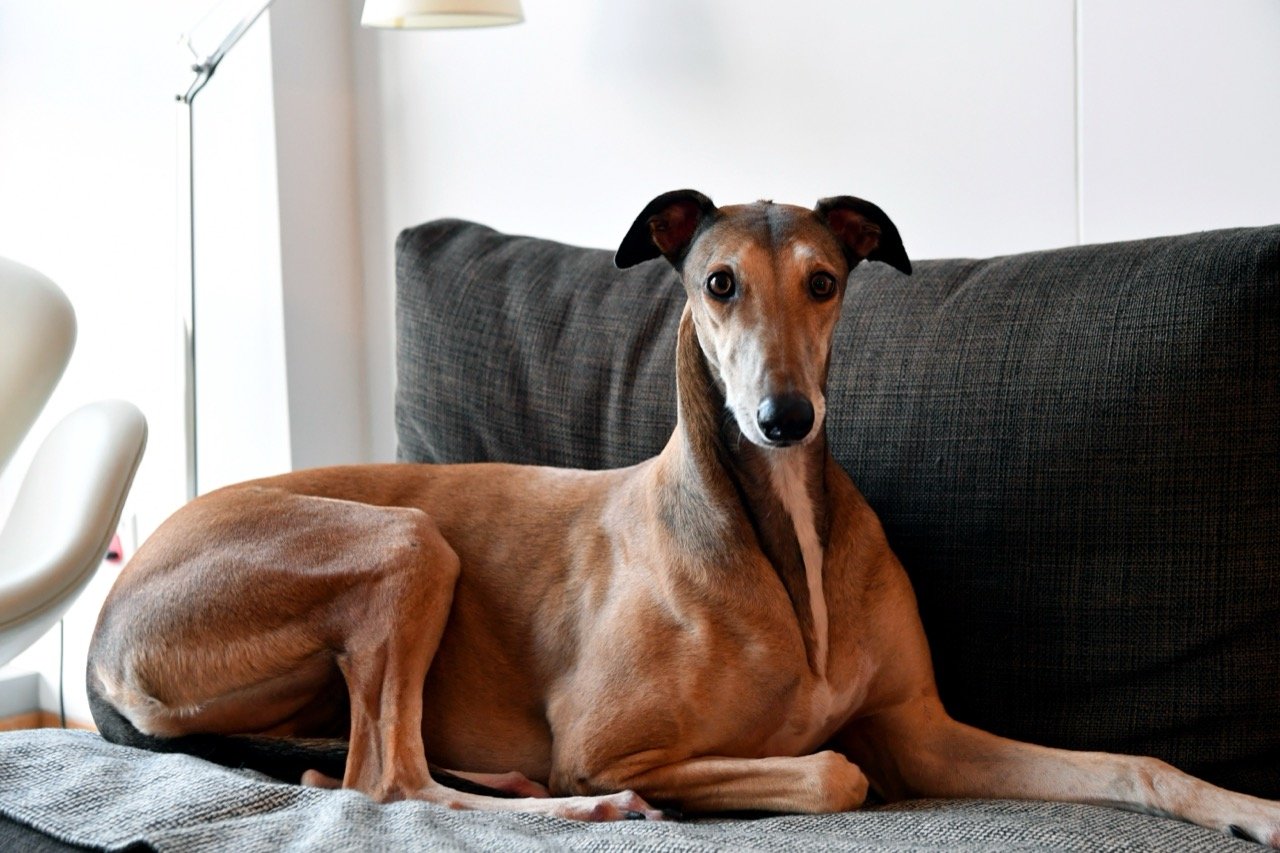
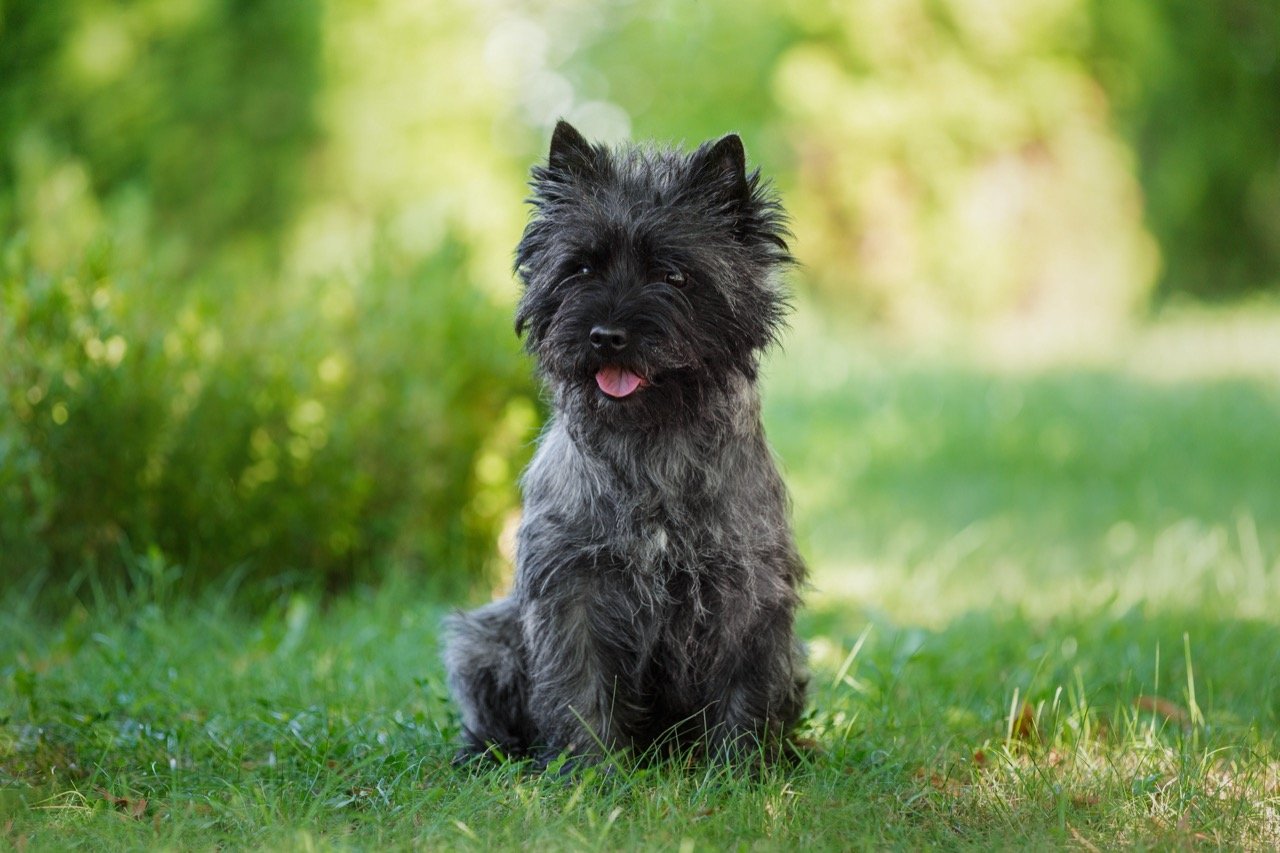
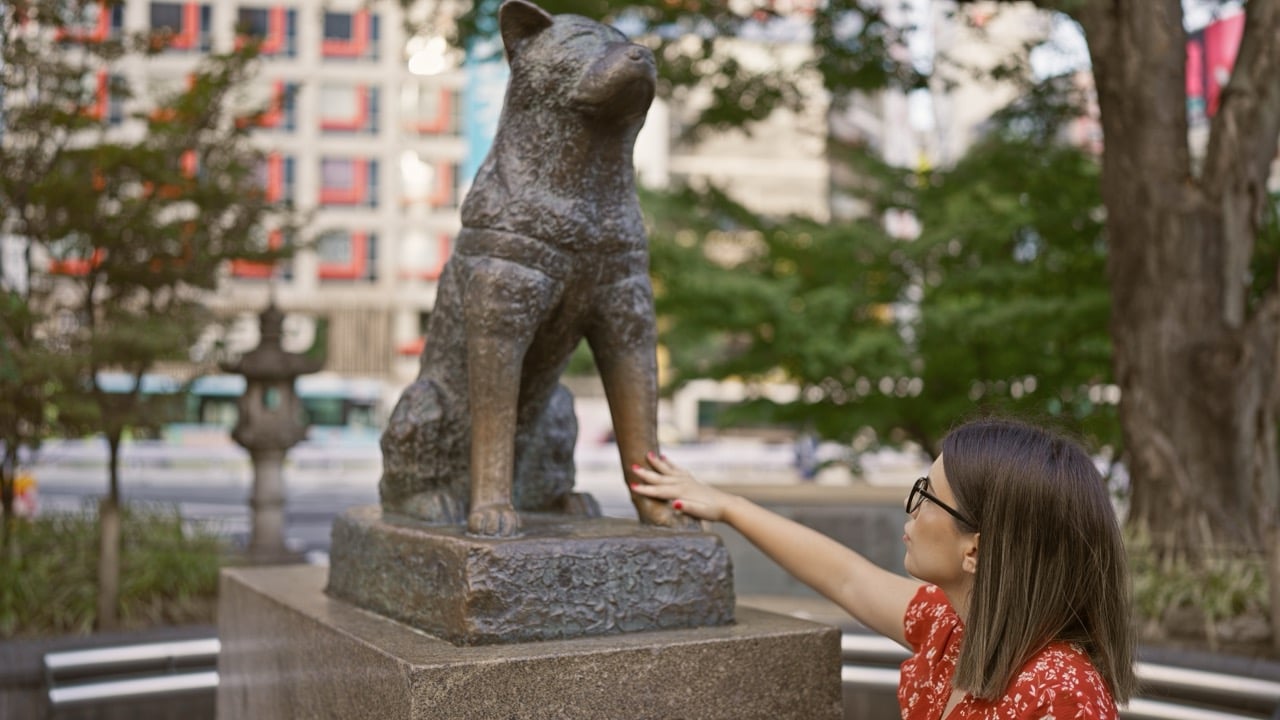
.jpeg)
